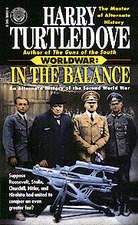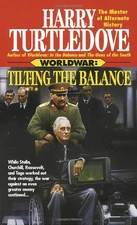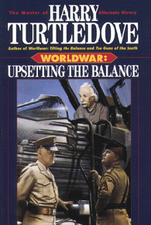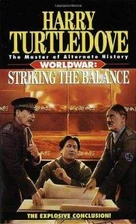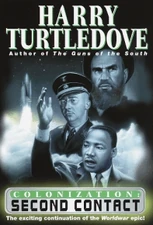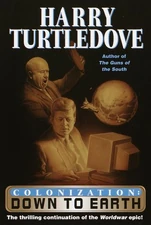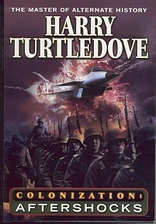A rocket is a missile, spacecraft, aircraft or other vehicle that obtains thrust from a rocket engine. Rocket engine exhaust is formed entirely from propellant carried within the rocket before use. Rocket engines work by action and reaction and push rockets forward simply by expelling their exhaust in the opposite direction at high speed, and can therefore work in space.
Chemical rockets are the most common type of high power rocket, typically creating a high speed exhaust by the combustion of fuel with an oxidizer. The stored propellant can be a simple pressurized gas or a single liquid fuel that disassociates in the presence of a catalyst (monopropellants), two liquids that spontaneously react on contact (hypergolic propellants), two liquids that must be ignited to react, a solid combination of one or more fuels with one or more oxidizers (solid fuel), or solid fuel with liquid oxidant (hybrid propellant system). Chemical rockets store a large amount of energy in an easily released form, and can be very dangerous. However, careful design, testing, construction and use minimizes risks.
Rocket in Joe Steele[]
During the 1952 election, President Joe Steele gave a speech in which he suggested that soon rocket technology would advance to the point that there would be rockets that could travel half-way around the world. Speechwriter Charlie Sullivan had contributed only a little to the speech, and knew nothing about such rockets.[1]
Rocket in Southern Victory[]
Rockets refer broadly to a series of weapons developed by the Huntsville Rocket Society for the Confederate States in the Second Great War. These ranged from anti-barrel rockets or "stovepipes" to larger rockets used as antipersonnel weapons on the battlefield to massive weapons which could carry one-ton bombs over a distance of several hundred miles. It was this last version of the weapon which Confederate President Jake Featherston used to respond to US President Charles W. La Follette's demand that he surrender in late 1943.
In early 1944, Featherston agreed to share Confederate rocket technology with ally Britain, in exchange for Britain's uranium bomb technology.
Rocket in Worldwar[]
Rocket technology was one of the many fields being studied by Tosevites during their global conflict that was interrupted by the Race Invasion of Tosev 3. In comparison, it was common technology for the Race, powering the very star ships that had brought the invasion force to the planet. Humans scrambled to expand their knowledge however they could, interrogating prisoners or even sharing with their former enemies.
The Deutsche proved the most advanced human power in indigenous knowledge, unleashing the V2 within a year of the invasion. Though primitive, the weapon was an extreme shock to the Race. They could be destroyed easily by the Race's own more advanced guided missiles, but there were not enough launchers and missiles to defend every possible target. The Race stepped up attacks on German infrastructure to stop production of these weapons, but never managed to stamp them out completely. At one point, a successful rocket attack destroyed two star ships on the ground, something Germany had only managed to do once before with railway artillery.
The United States also had its own rocket program, headed by Robert Goddard. It never had the same impact as the Germany's program, but it still proved a headache for the otherworldly invaders.
Rocket technology manifested on a smaller scale on all sides in the form of infantry weapons designed to destroy armored vehicles or, if used unconventionally, even helicopters.
In the 20 years following the Peace of Cairo, humans vastly improved their own rocket technology and used it to initiate their own space exploration, create military space forces, and even weaponize asteroids.
References[]
- ↑ Joe Steele, pg. 399.
| |||||||||||||||||||
| |||||||||||||||||||||||||












